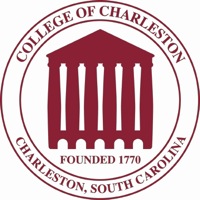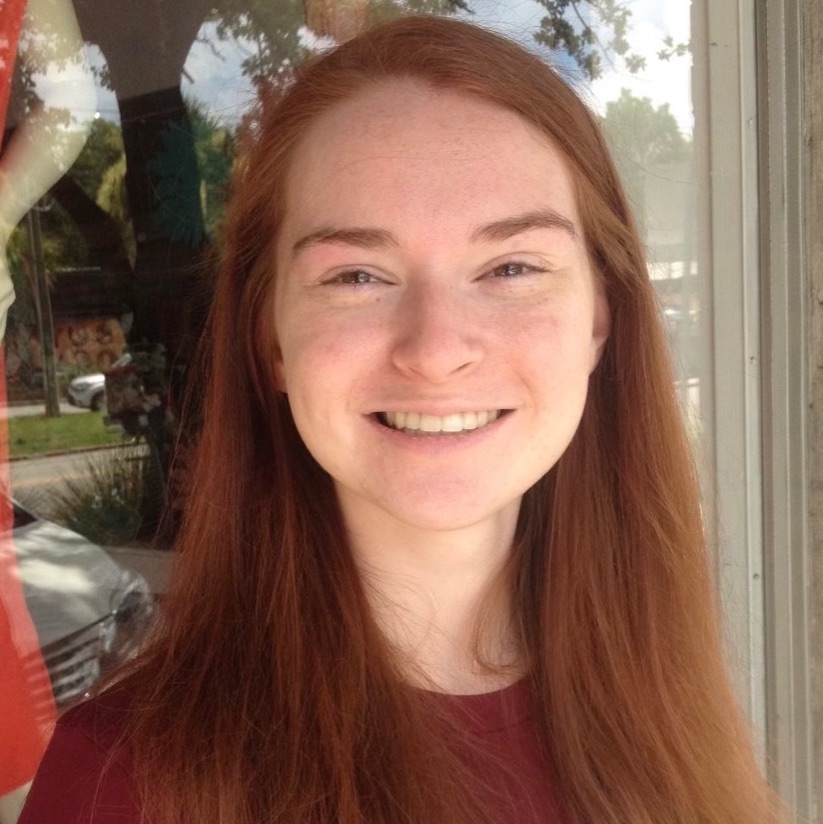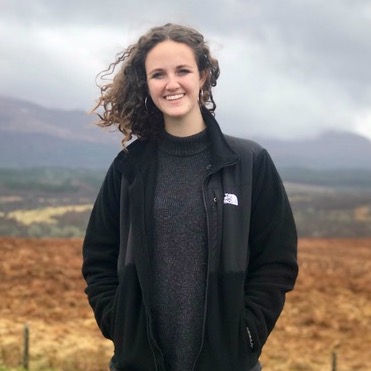Below is a summary of the abstract you submitted. Presenting author(s) is shown in bold.
If any changes need to be made, you can modify the abstract or change the authors.
You can also download a .docx version of this abstract.
If there are any problems, please email Dan at dar78@pitt.edu and he'll take care of them!
This abstract was last modified on March 16, 2021 at 1:29 a.m..

The mycobacteriophage Luna22 was isolated in 2018 from a soil sample on the College of Charleston campus in Charleston, SC and extracted DNA was sent to Pittsburgh Bacteriophage Institute for genetic sequencing. Viral enrichment was performed using Mycobacterium smegmatis mc²155 as a host grown on 7H9 media supplemented with albumin and dextrose at 37°C. When plated, the Luna22 bacteriophage formed small, round, clear plaques 2-3 mm in diameter. The virus is a Q cluster mycobacteriophage and a member of the Siphoviridae. Transmission electron microscopy showed that this bacteriophage has an icosahedral capsid and a flexible, noncontractile tail. Illumina MiSeq technology (with a 150-bp single-end runs) was used to sequence the 53,730 bp genome (67.5% GC content and 3’sticky overhangs). To annotate the genome, PECAAN was used to pool analyses from GeneMark, Glimmer, Phamerator, and Starterator in one website. We verified that the Luna22 genome contains 87 protein-coding genes and were able to assign putative functions to 42 of these genes. Luna22 shares typical virion structural and assembly genes, and no rarely encountered features were detected. Of the genes predicted, none were unique to Luna22, however Luna 22 gp87 was only identified in one other Q cluster bacteriophage, Forge. The Luna22 genome is most similar to those of Ein37 (GenBank accession MT114159; GCS score, 99.4; query coverage, 100%) and Webster2 (GenBank accession MT657330; GCS score, 99.4; query coverage, 100%).





